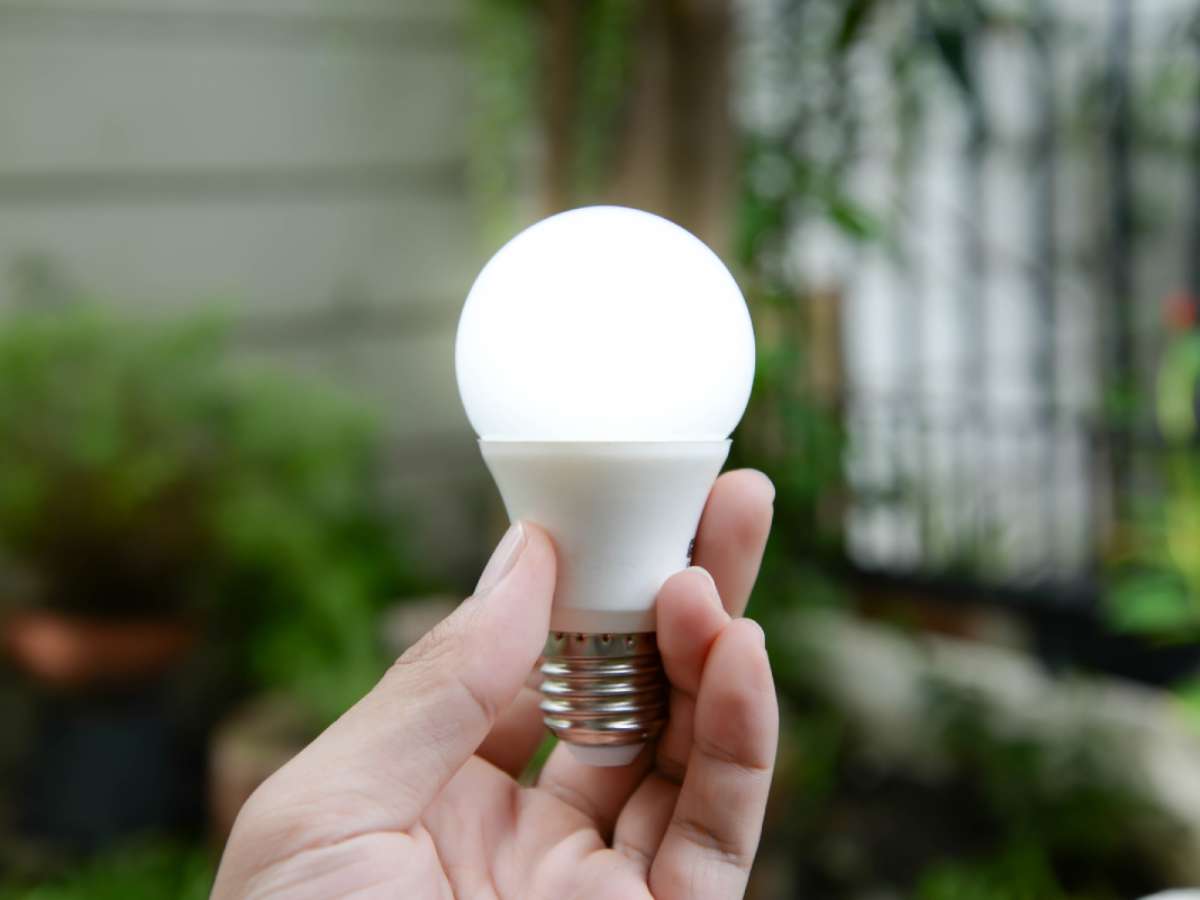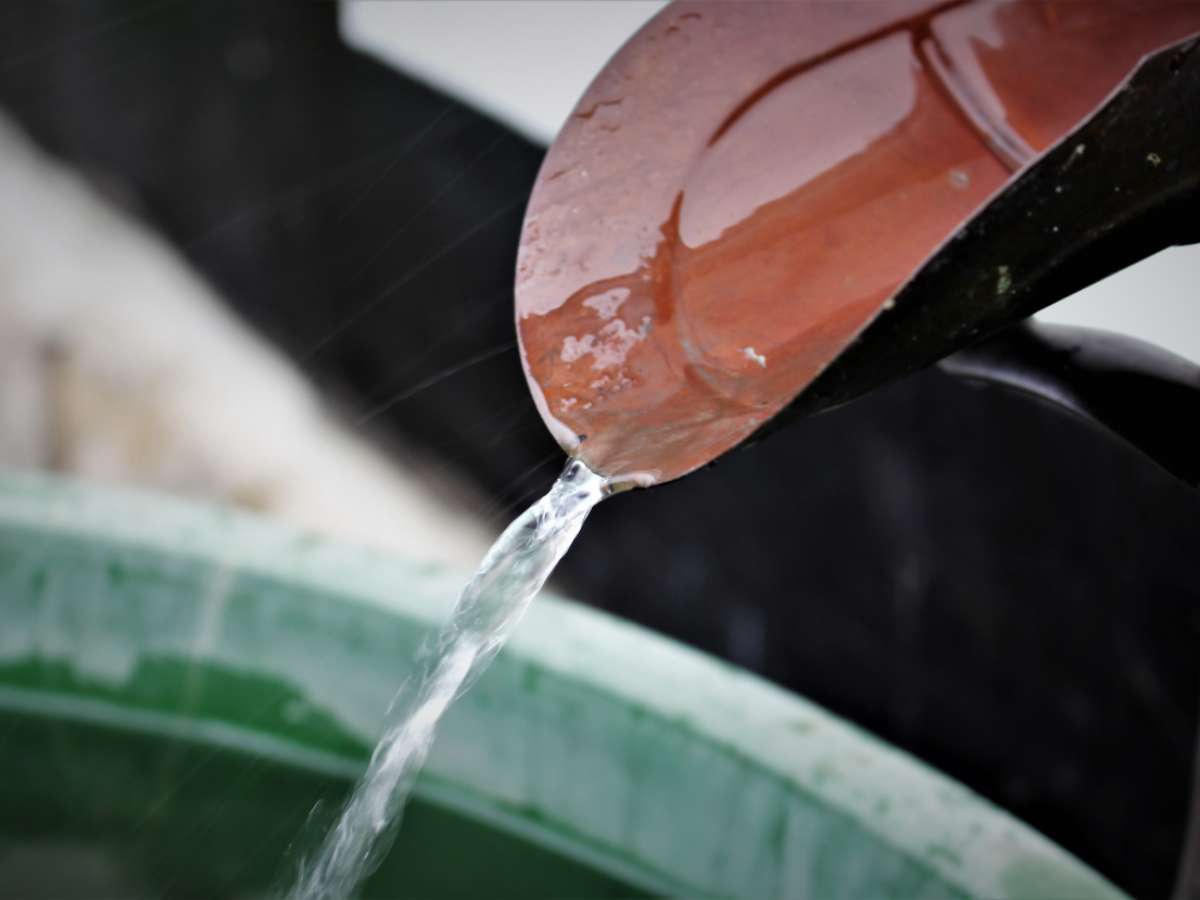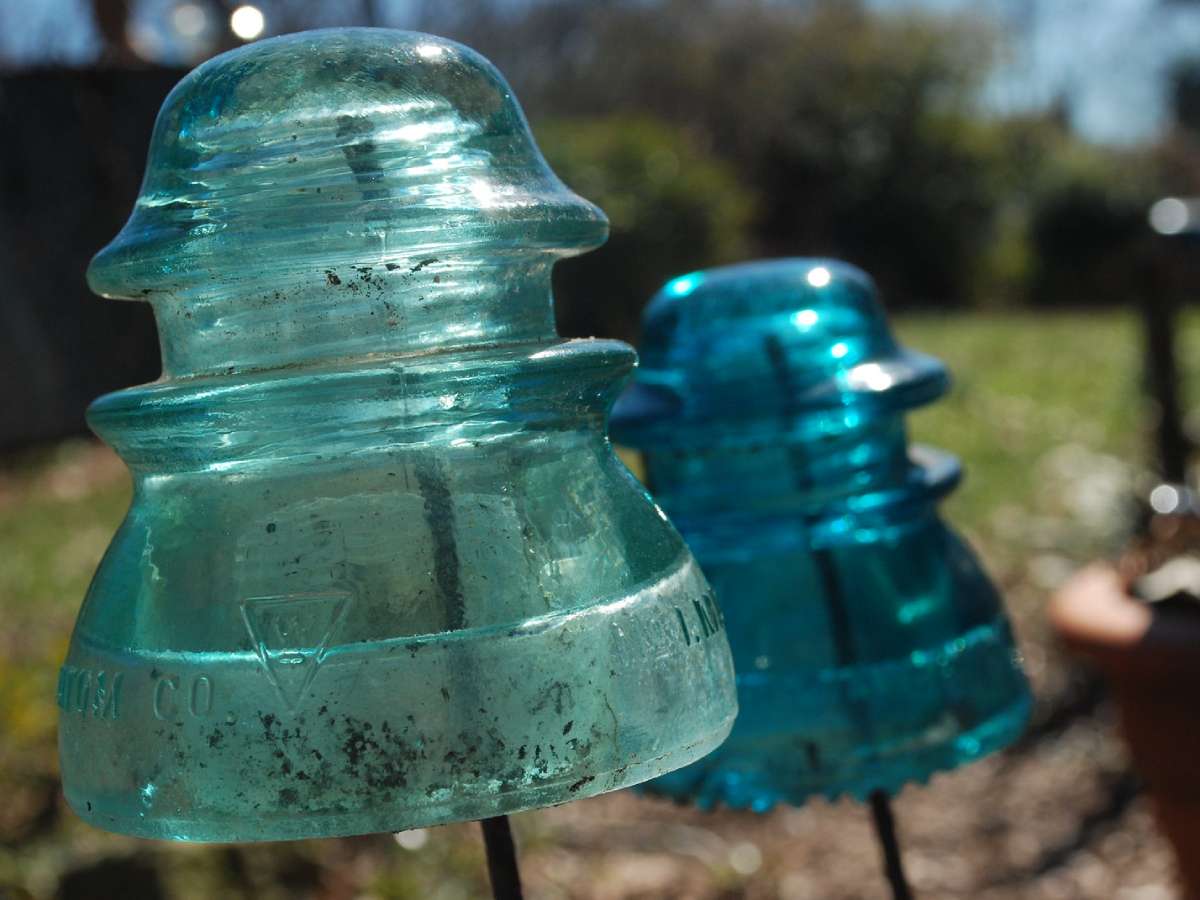As you know, children learn how to do things by watching and mimicking adults.
If adults set a bad example by doing tasks in front of children the wrong way, then of course the children learn to do these tasks the wrong way as well. They don’t know it’s the wrong way, they are just learning.
This is true for any task or set of tasks, including living green and doing what you can to help preserve the environment.
The world is going to someday day belong to our children and if we ourselves do not step up to the plate and take responsibility for our own actions then our children will learn not to take responsibility too!
You may be thinking, “But what if I don’t have children?”
Honestly, this doesn’t let you off the hook — because while you may not have children, you probably interact with children at one time or another. But even if that doesn’t happen, children are still going to see you when you go out in public.
While you may think that you are not having an impact on the children you don’t know, it’s simply not true. Kids watch people, strangers even, just like adults do. And believe me, if they see you do something as seemingly innocuous as dropping a gum wrapper on the ground and not picking it up to throw it away, they notice.
Who knows? The next time they have gum and their mother tells them to pick up the wrapper they just dropped, they might say, “But mom, I saw this lady the other day and she didn’t pick up her wrapper!” Okay, maybe that seems like a ridiculous example, but it illustrates what I’m saying about how kids notice things and act on them. A few years ago I was a pre-school teacher and, trust me, they do notice this kind of thing and they do act on it!
So, What Can We Do To Teach Children How To Live Green?
Here are some tips to get you started:
#1 – Set a good example by living green all the time. As previously mentioned, kids notice and act on anything and everything. If you set a good example at all times by doing things like picking up your own trash after a picnic for example, then children — whether they are actually yours or someone else’s — will notice and hopefully learn to follow your example.
#2 – Talk to your own children and the children you know about the importance of living green and how to go about doing so. Keep in mind these are kids though, so keep it simple. Mention things like turning off electric lights when you leave a room and aren’t going to return to it, reusing plastic containers, and turning off the water faucet while you brush your teeth — to name a few. These are all simple things that any child can learn and remember to do.
#3 – Teach your children and their friends about the importance of sorting trash and recycling. If you are the kind of person who does not separate your plastic, glass, cardboard, and paper from your trash — and you do this in front of kids — then you are setting a bad example. We have landfills aplenty, and only when we all begin sorting our trash and recycling as much of it as we can will we begin undo the damage we’ve done to our environment with the “throw everything away” attitude we’ve had for the last 50 years or so. If children see you just throwing everything away in one fell swoop, they are going to learn quickly the wrong way to handle trash. I’m not suggesting that you try and turn your kid’s friends around, but if you sort and recycle trash in front of them as well as your kids — and maybe even let them help by making a game of it — it will make an impression.
#4 – If you have a garden, consider composting and have your children and their friends help. Or, if you don’t have kids, maybe you are friends with some neighborhood kids that would like to help. Either way, composting and teaching children how to do this and use it in a garden is another great way to teach our children to live green. If you grow vegetables, then giving some to the neighborhood kids or to your children’s friends shows them something that they actually helped to grow. It will make a lasting impression for the future about the importance of living green.
Hopefully, this article successfully illustrates the point that living green should be done all the time, not just when it is convenient to do so. The fact is we never know who might be watching our actions from the sidelines.
Living green all the time — whether we have children or not — is still our responsibility because our children are going to be the ones who inherit this planet. If we don’t set good examples for them now about living green, it’s possible there may not be much of a planet left for them to inherit.
Want More Fun Ways To Green Your Kids?
Here are some great resources for helping kids live a greener life:
- Every Day is Earth Day…And It Starts With Our Children
- Teaching Kids Low Impact Living
- How To Teach Our Kids To Live Green
- Teach Your Children About Green Living This Earth Day
My favorite things to write about are topics that have to do with weather, pregnancy, weddings, saving money, living green, and my life with dogs. When I’m not writing, I love to spend time with my husband, read, create 3D artwork and Native American beadwork.




